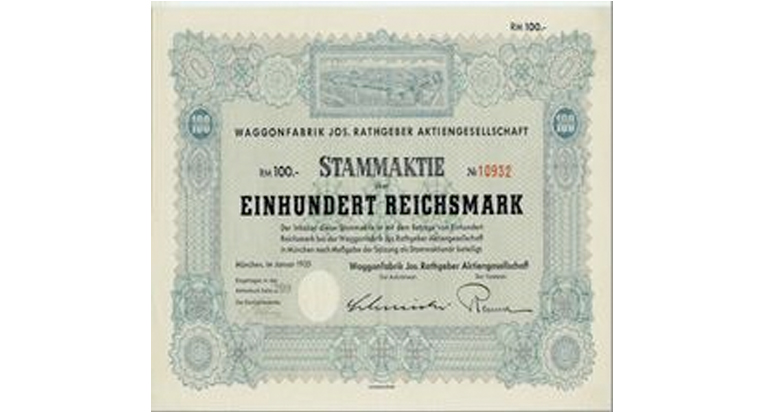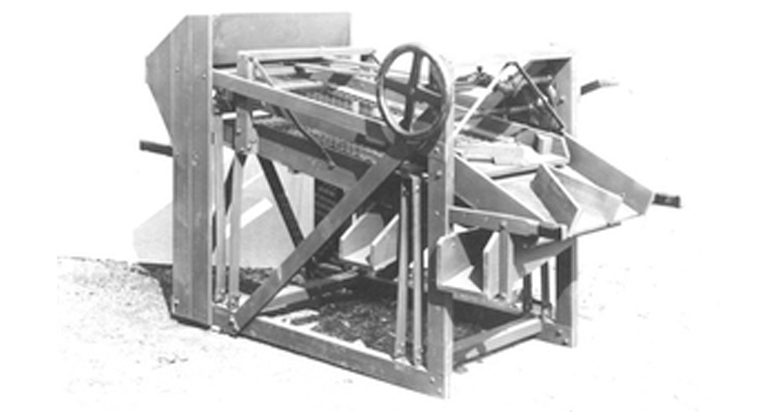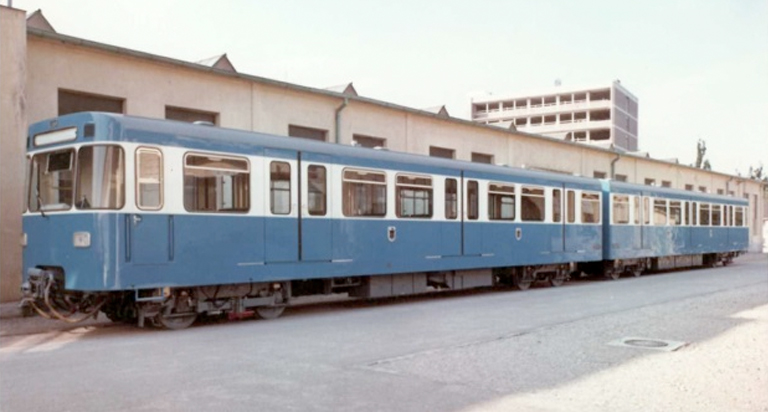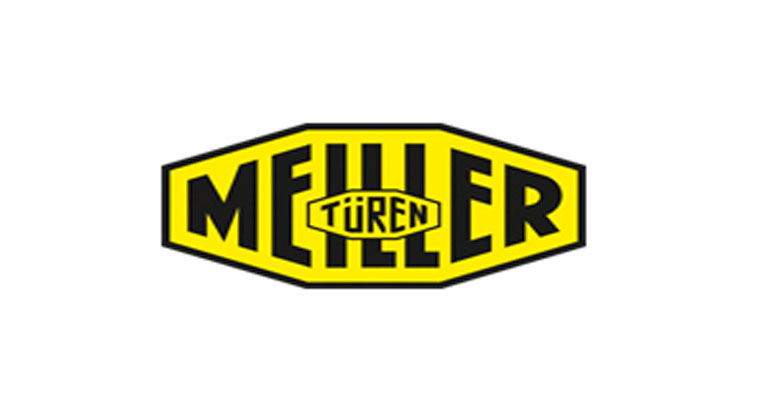Josef Rathgeber was born in Ering am Inn, Germany, on 26 February 1810.
He learned the farrier and wainwright trade. Even though he was able to earn a living in his home town, he was not satisfied with the opportunities it offered him.
And thus began the history of the company Rathgeber, when Josef decided to set up a farriery and wainwright’s workshop in Marstallstraße in Munich in late 1830.
His products ranged from horseshoe nails to complete stagecoaches and mail coaches.
In 1852 Rathgeber founded his own carriage manufactory in Marsstraße in Munich.
























